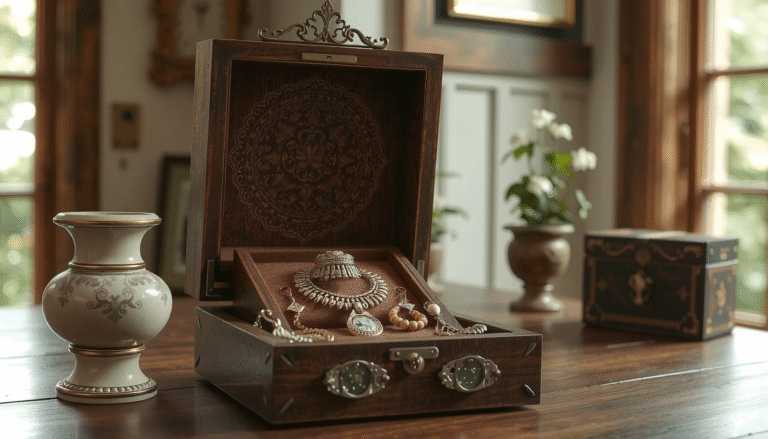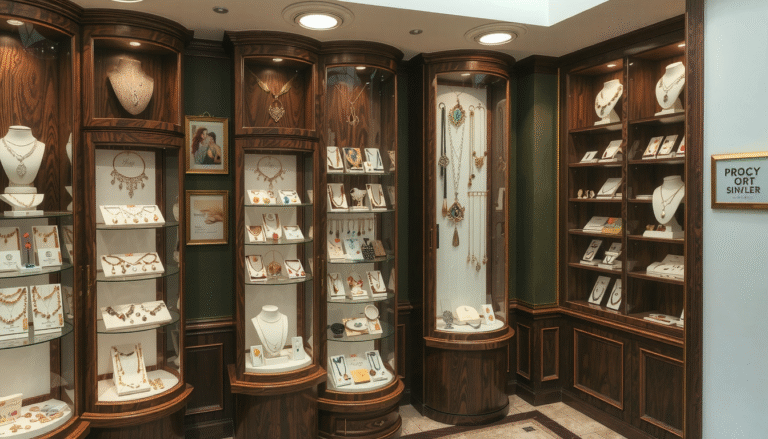Making something creative and at the same time useful is only possible when you do it yourself, and this still stands as the best and most rewarding way to do it! If your goal is to make a jewelry box, then this is the most suitable guide. This project is completely doable, even if you’re a total beginner.
We take you through the whole process from beginning to end. We guide you to the best projects for your level of experience. You will put up a shopping list of the supplies. We will show you the essentials—unambiguous, step-by-step instructions. Ultimately, you will do all the designing and personal creativity. Let’s create something together that you will be proud of.
What to Know Before: Your Project Selection
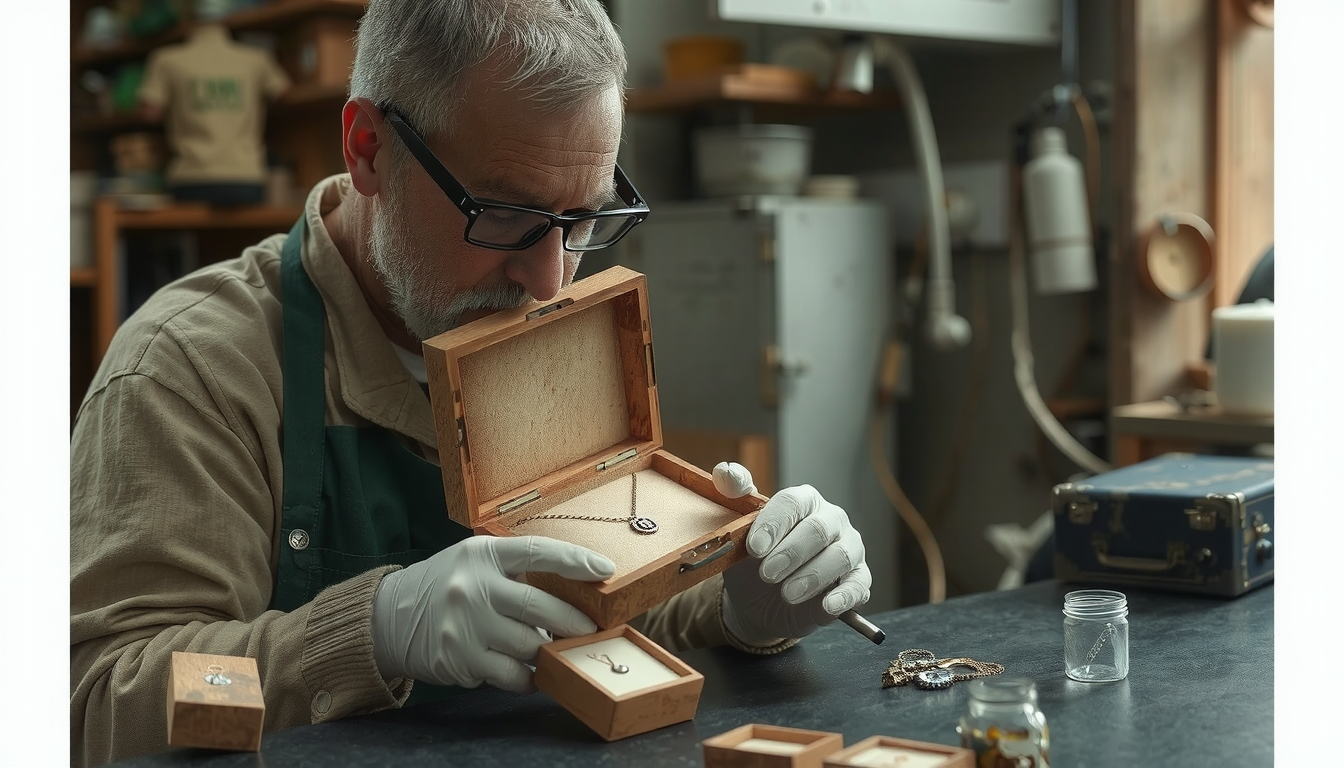 The most important thing to do before you start is to pick an approach that fits your skills, budget, and available tools. There are many methods to do it.
The most important thing to do before you start is to pick an approach that fits your skills, budget, and available tools. There are many methods to do it.
We strongly suggest that you weigh your options before you buy any wood chips to lower your frustration. The following three methods will explain how to help you choose.
| Feature | From Scratch (Woodworking) | Upcycling an Existing Box | Using a Kit |
|---|---|---|---|
| Skill Level Required | Intermediate (but scalable for beginners) | Beginner | Absolute Beginner |
| Tools Needed | Saws, sander, clamps, measuring tools | Paint, glue, craft knife, fabric | Basic hand tools (often included) |
| Pros | Full creative control, heirloom quality, develops skills | Low cost, eco-friendly, fast results | All-inclusive, instructions provided, guaranteed fit |
| Cons | Requires investment in tools and space, higher learning curve | Limited by the original box’s shape and size | Less creative freedom, can be more expensive than sourcing materials yourself |
Gathering Your Supplies: The Essential Toolkit
Now that you have settled on a method, it’s time to gather the necessary materials. For this guide, we will focus on the most popular method—building a simple wooden box from scratch. This list includes everything you need for ensuring quality work.
Essential Materials
- Wood: For beginners, softwoods like pine or poplar are cheap and easy to work with. For a more refined look, consider hardwoods like oak, cherry, or walnut for your DIY wood jewelry box.
- Wood Glue: High-quality PVA wood glue is essential for creating strong, lasting joints.
- Sandpaper: You will need various grits. Start with a medium grit like 120 to smooth imperfections. Finish with a fine grit like 220 for a silky surface.
- Hardware: This includes small hinges for the lid and a decorative clasp or latch for the front. A small knob or handle is optional.
- Finishing Supplies: The finish helps to protect the wood and to highlight its natural beauty. You can choose wood stain, paint, or natural penetrating oils such as Danish or Tung oil.
- Lining Fabric: Soft materials such as velvet, felt, or suede would be perfect for keeping the jewelry inside.
Essential Tools
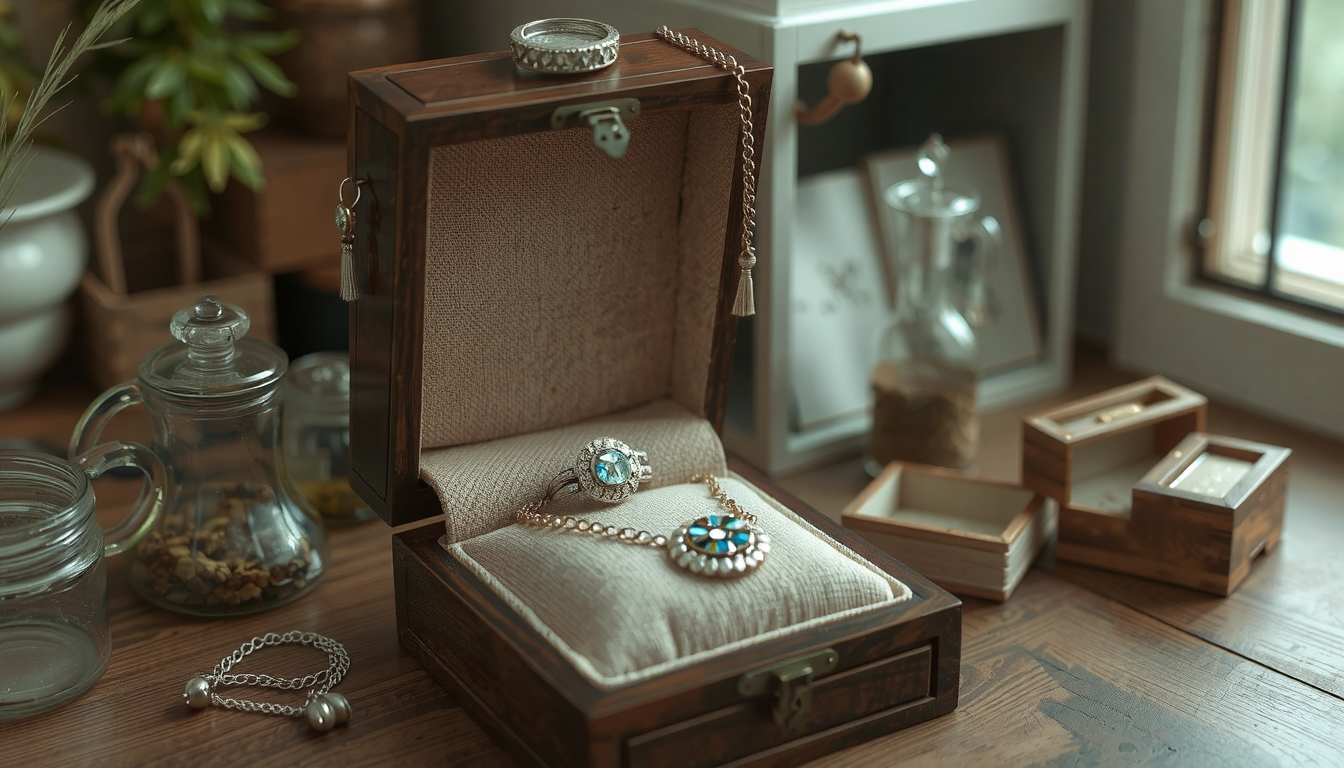
For a comprehensive list of what a project like this entails, many professional suppliers offer guidance on a range of materials needed and tools.
- Safety Gear: Always wear safety goggles and a dust mask when cutting or sanding wood.
- Measuring & Marking: A quality tape measure, sharp pencil, and combination or speed square are crucial for accuracy.
- Cutting: A simple hand saw (like a miter box saw) works perfectly. A power miter saw or table saw makes the work faster and more precise.
- Assembly: You need several clamps to hold the box together while glue dries. A screwdriver is needed for hardware.
- Sanding: A simple sanding block works well for small projects. An orbital sander can speed up the process considerably.
Making a Simple Wooden Jewelry Box: Step-By-Step
The fun starts at this point. We will divide the process of making a jewelry box into manageable steps. Always remember the golden rule of the woodworker: measure twice, cut once.
Step 1: Design and Cut Your Pieces
The first thing you need to do is decide how big your box is. A good starting size is approximately 10 inches long, 6 inches wide, and 4 inches high. Given that, you need to cut six pieces from your board:
- Two long sides (e.g., 10″ x 4″)
- Two short sides (e.g., 6″ x 4″)
- One top and one bottom (e.g., 10″ x 6″)
For beginners, simple butt joints are easiest. This means one board’s edge butts against another’s face. If you want to make the box look cleaner, you could cut the corners at 45-degree angles to create miter joints. To make this cut, you need a miter box or miter saw.
Step 2: Assemble the Box Frame
First, make a “dry fit.” Assemble the four side pieces without glue first, to ensure they fit snugly. Make any necessary adjustments.
Once you are satisfied with it, apply a thin, even layer of wood glue to all the edges that will join. When you are gluing, a tiny amount of “squeeze-out” is good – it reveals that you have put good coverage. Wipe away the excess with a damp cloth before it dries.
Assemble the four sides and hold them together with clamps. Confirm that the box is square by measuring the diagonals. They should be equal. Let the glue dry completely according to the manufacturer’s instructions. This usually takes several hours.
Step 3: Attach the Bottom and Lid
Once the frame is dry, glue the bottom panel onto the frame. Start by applying a bead of glue along the bottom edge of the frame. Then place the bottom piece on top and add weight or clamps to form a tight bond.
Don’t glue the lid on. You should attach it with the help of your hinges instead. It is essential to mark the hinge locations accurately on both the box and lid. It is often easier to chisel out a shallow recess for hinges so they sit flush with the wood. Mortise them into place.
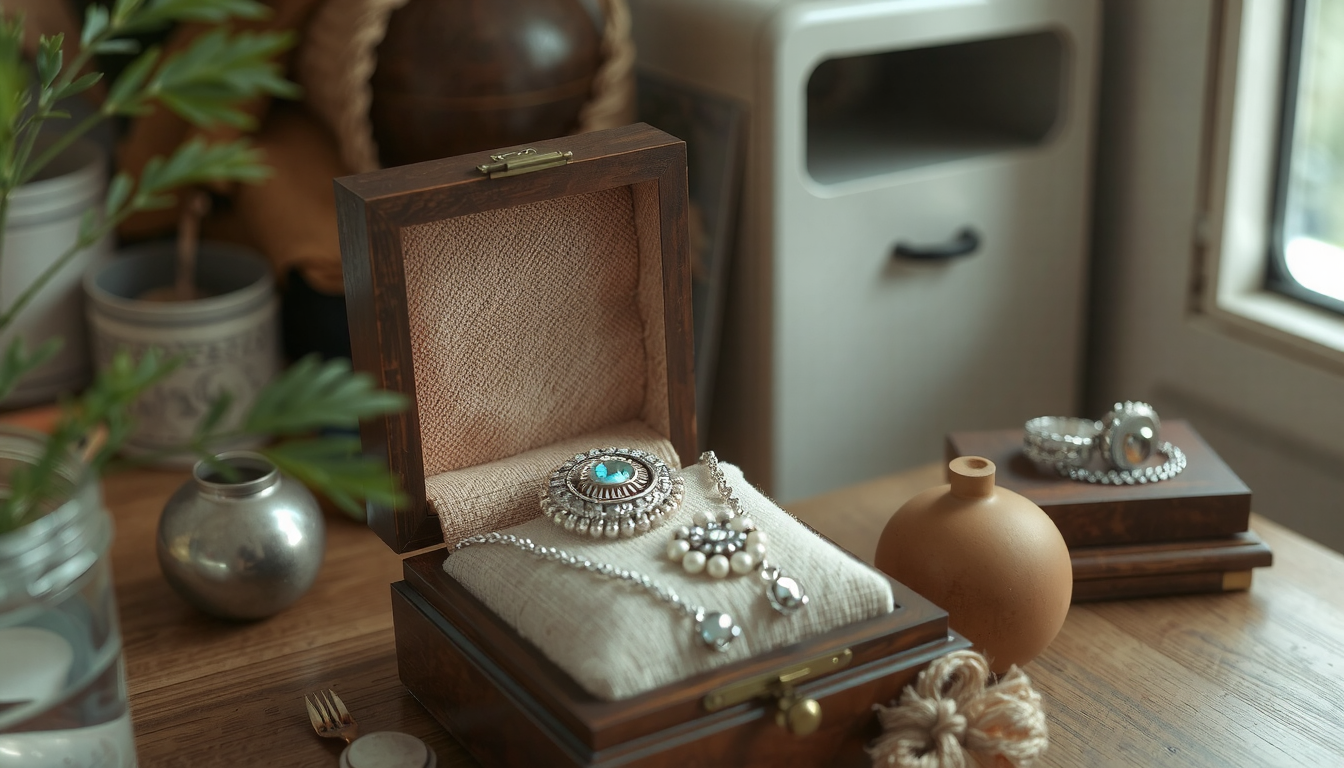
Step 4: Sanding and Finishing
This step is like a magic wand; it changes the project from just a simple box into a finished piece. Start sanding with 120-grit sandpaper to remove dried glue and smooth joints. Then move to 220-grit sandpaper for a final, smooth-to-the-touch finish. Always sand in the direction of wood grain.
All dust must be wiped away before applying any finish. Whether you choose to stain, oil, or paint, always follow the manufacturer’s directions. This may require multiple coats.
Step 5: Install Hardware and Lining
Your clasp or latch will be installed on the front of the box. Then cut your lining fabric to size and attach it to the box’s interior. For the bottom, simply cut a piece to fit and secure it with a light layer of spray adhesive.
For the sides, cut strips of fabric and glue them in place. For a professional touch, you can create fabric-wrapped cardboard inserts that fit snugly inside. If you’re looking for specialized inserts or more complex hardware, a dedicated vendor like Jewelry Box Supplier Ltd can be a great resource for ideas.
Emphasizing Your Own Style in Jewelry Boxes
The basic box is just the beginning. The greatest joy in making a DIY jewelry box lies in the ability to render it special and uniquely yours.
Ideas for Design and Decoration
- Wood Burning (Pyrography): Use a wood-burning tool to etch intricate patterns, names, or designs into the surface.
- Painting & Stenciling: Add a pop of color or a lovely stenciled pattern to the lid or sides.
- Carving: For the more adventurous, simple chip carving can add incredible texture and depth.
- Inlays: Adding small inlays of contrasting wood species is a complex technique. However, it can produce a wonderful visual effect.
Creating Custom Inserts
A custom interior makes your handmade jewelry box even more special. You can create ring rolls by wrapping foam dowels or tightly rolled cardboard in your lining fabric and gluing them into a section of the box.
Simple dividers can be made from thin craft wood, cut to size to create compartments for earrings, bracelets, and necklaces. This thoughtful organization is what makes the jewelry box so useful.
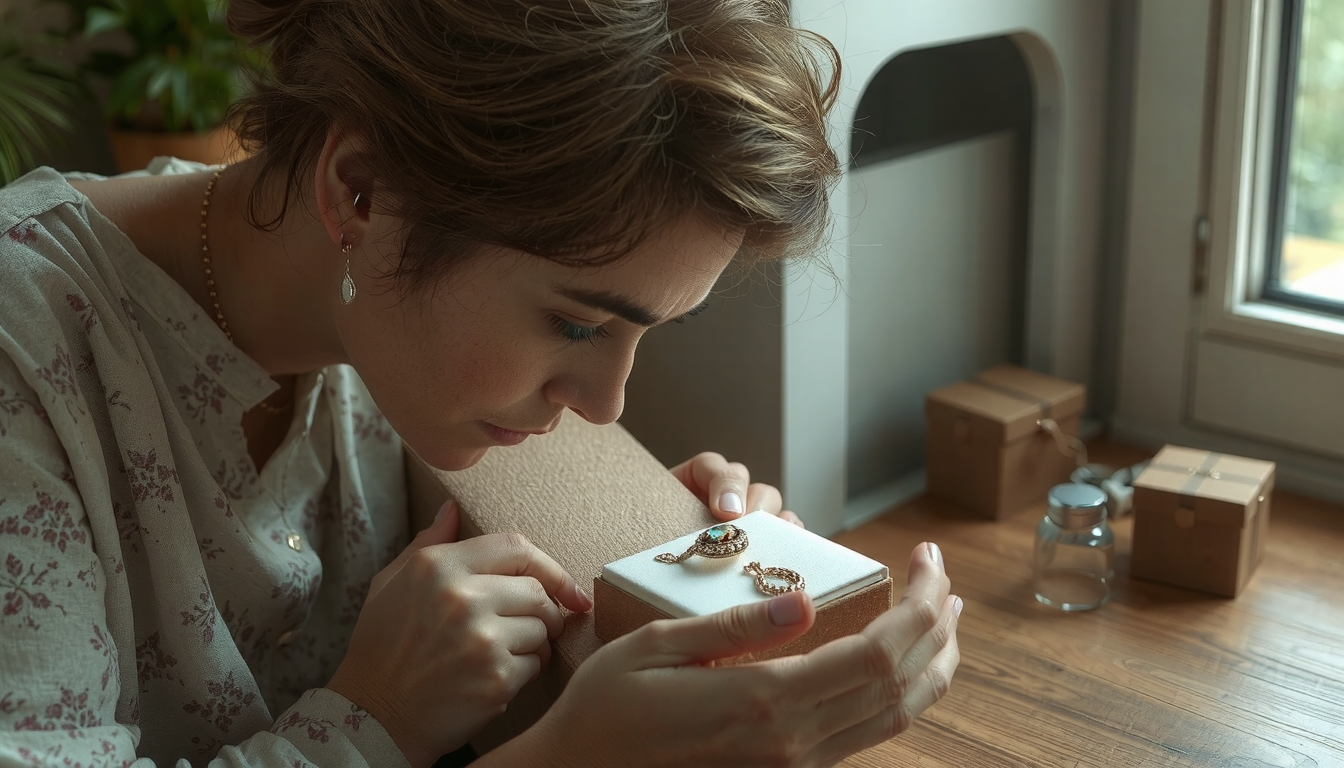
FAQ (Frequently Asked Questions)
Q1: What kind of wood is suitable for making a jewelry box for a beginner?
For your first project, using pine is a wonderful choice. It is affordable, easily available, and quite forgiving to work with. Poplar is another good alternative that is slightly tougher than pine and can be easily sanded and painted.
Q2: Is it possible to make a jewelry box without power tools?
Definitely! You only require a quality hand saw, a miter box for cutting accurate angles, a drill, and some sandpaper. It’s a bit more work and time but the outcome can still be excellent.
Q3: What can I do to smooth out my wood jewelry box?
The secret is to use a progression of sanding. Start with a medium grit, like 120, then go to a fine grit, 220. For an extra smooth finish, use ultra-fine grit paper, like 320 or 400. Be sure to always wipe off the wood between grits.
Q4: What is the easiest way to line a jewelry box?
The easiest way is to use self-adhesive felt or velvet sheets. You only need to cut them to the right size, pull off the backing, and press them into place. For a traditional way, use a light spray adhesive to attach the regular fabric.
Q5: Where can I find plans for building more complex jewelry boxes?
After mastering the basics, you might want to go for a more complicated design. Websites like The Spruce Crafts and Kreg Tool have a collection of both free and premium plans available, including detailed descriptions for various skill levels.


